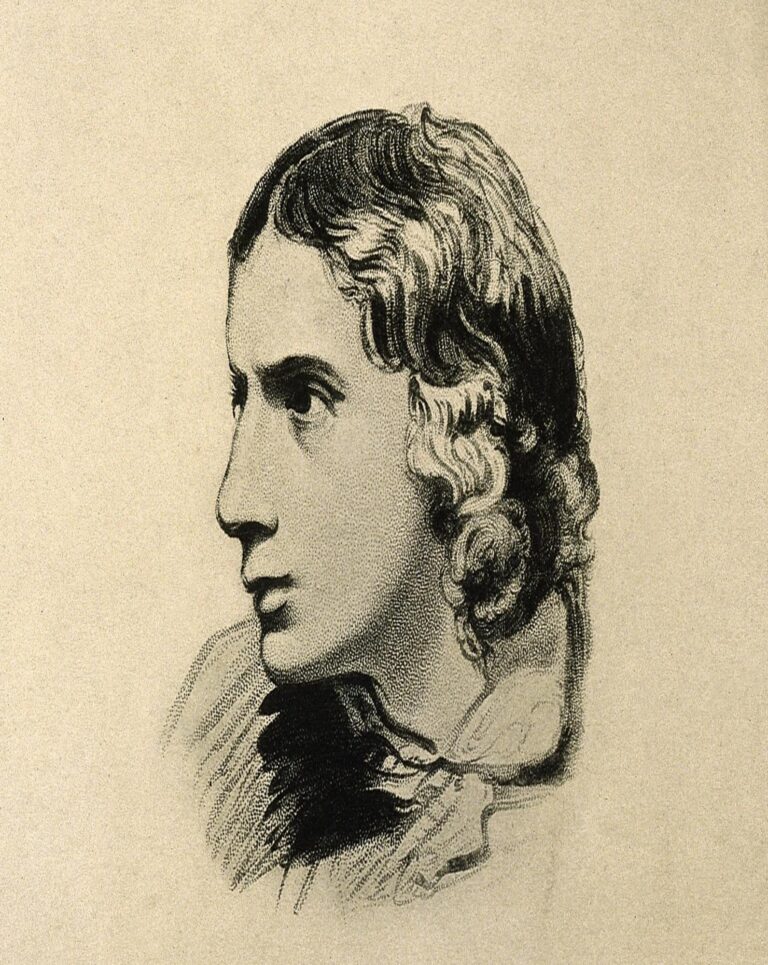
(Info4now)- If Keats keeps the relation between the truth and beauty open in Ode on Grecian Urn, whether the nightingale pleases or pains is a bit clearer in Ode to a Nightingale. With the sublime composition, Keats pours forth all his unique beauties into this greatest ever poem in literary history. If it’s between life and death, art and reality, it’s also a signature celebration of Keatsian beauty.
Summary of Ode to a Nightingale
The poet suffers from the ever melodious song of the nightingale as it reminds him of his pains. But he immediately corrects it and defends the song’s healing power. It’s melody intoxicates him to forget all those sufferings. But to share the same happiness of the bird, he rejects the idea of such intoxication. Rather he believes in the wings of poetry to fly into the world of nightingale. It dwells in the world of beauty, in the world of everlasting beauty. With this craving for immortality, the song represents, the poet wishes to die. As the Nightingale flies away, the poet’s imagination ceases.
Critical Analysis
First Half
If we keep away the fragmentary thoughts in a form of an oscillation between reality and eternity, it’s just the celebration of romanticism that prevails throughout Ode to a Nightingale. It’s the celebration of sadness in the lap of beauty. Thus the celebration of ‘aches’ and ‘pains’ follow the beauty of ‘full throated ease’. To join the world of Nightingale is to get lost into the world of forgetfulness on the one hand. But, on the other hand, it reveals the poet’s loneliness in the midst of weariness.
As it’s not easy to reach the beautiful abode of Dryad, the place of eternal happiness, the poet wishes to consume the best drink. The drink with its quality taste of particularity will take the poet to the very special plot of the bird. The third stanza speaks more in favour of intoxication than of the ‘forest dim’. The immediate realization of that fact guides the poet to turn to the ‘viewless wings’ of poetic art. And the sensuous beauties in the phrases ‘beaded bubbles’, ‘purple stained’ take a romantic turn in ‘ Queen-Moon’, ‘starry Fays’.
Second Half
As poetic imagination gears up, the poet is at home in darkness. His senses are clear to feel his surroundings. He successfully connects his world of darkness to the beauty of the nightingale’s. This darkness is not the weariness of stanza 3. This loneliness helps him be one with the nightingale. But it’s the same ’embalmed darkness’ that reminds him of death. The poet knows well the pangs of life and also the pangs of dying. The process is not easy at all. The melody will help the poet go through a euthanasia.
The poet returns to the earlier ‘leaden-eyed despairs’, as he will remain just a sod against the immortal bird. This return culminates in the years old song’s fading in the forest. The poet comes back to himself—senses the temporary happiness in the true beauty of natural phenomenon.
Conclusion
The ode is not the criticism of unreachable natural beauty. Rather it defends that one can access happiness in the sheer beauty of nature and poetic creation. Though temporary, it can engage you for a definite period of time and such diagnosis keeps you thriving for the rest of the time. The expressions in ’emperor and clown’, ‘magic casement’ and ‘faery lands’ are mediaeval, while the Hellenistic approach to beauty along with Keatsian felicity of dictions places the poem in the polished copies of romantic composition.
(The author is an independent literary critic and the article is from his complete personal views.)